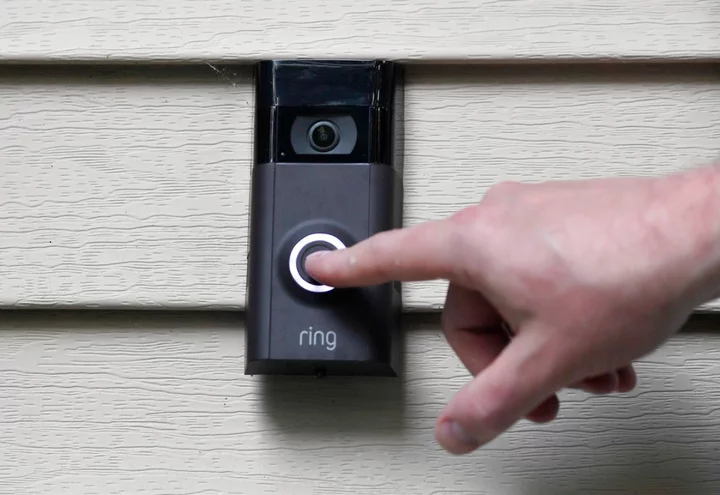
Amazon staff spied on women in bedrooms and bathrooms through Ring cameras, US officials say
An employee used Amazon’s Ring cameras to spy on female users in their bedrooms and bathrooms, according to US officials. Various staff members used the company’s smart home cameras – intended to allow people to watch their own homes when they are away – to watch people without their knowledge, according to the US Federal Trade Commission. Amazon settled for $5.8 million in this case, which said that one employee had watched 81 female customers and Ring employees through their cameras. The company has been hit by two substantial fines over violating users’ privacy. The other accused of breaching childrens’ rights by failing to delete Alexa recordings, even when requested by their parents, leading to a separate $25 million fine. The FTC is also probing Amazon.com’s $1.7 billion deal to buy iRobot Corp, which was announced in August 2022 in Amazon’s latest push into smart home devices, and has a separate antitrust probe underway into Amazon. Amazon, which purchased Ring in April 2018, pledged to make some changes in its practices. “While we disagree with the FTC’s claims regarding both Alexa and Ring, and deny violating the law, these settlements put these matters behind us,” Amazon.com said in a statement. The FTC said Ring gave employees unrestricted access to customers’ sensitive video data: “As a result of this dangerously overbroad access and lax attitude toward privacy and security, employees and third-party contractors were able to view, download, and transfer customers’ sensitive video data.” In one instance in 2017, an employee of Ring viewed videos made by at least 81 female customers and Ring employees using Ring products. “Undetected by Ring, the employee continued spying for months,” the FTC said. A colleague noticed the misconduct and the employee was eventually terminated, the FTC complaint said. In May 2018, an employee gave information about a customer’s recordings to the person’s ex-husband without consent, the complaint said. In another instance, an employee was found to have given Ring devices to people and then watched their videos without their knowledge, the FTC said. As part of the FTC agreement with Ring, which expires after 20 years, Ring is required to disclose to customers how much access to their data the company and its contractors have. In February 2019, Ring changed its policies so that most Ring employees or contractors could only access a customer’s private video with that person’s consent. FTC Commissioner Alvaro Bedoya told Reuters the settlements should send a message to tech companies that their need to collect data was not an excuse to break the law. “This is a very clear signal to them,” he said. The fines, totaling $30.8 million, represent a fraction of Amazon’s $3.2 billion first-quarter profit. In its complaint against Amazon.com filed in Washington state, the FTC said that it violated rules protecting children’s privacy and rules against deceiving consumers who used Alexa. For example, the FTC complaint says that Amazon told users it would delete voice transcripts and location information upon request, but then failed to do so. “The unlawfully retained voice recordings provided Amazon with a valuable database for training the Alexa algorithm to understand children, benefiting its bottom line at the expense of children’s privacy,” the FTC said. Additional reporting by agencies Read More Mark Zuckerberg reveals new VR headset ahead of Apple AI chatbot taken down after it gives ‘harmful advice’ on eating disorders Famous torrent site RARBG shuts down with final parting message Mark Zuckerberg reveals new VR headset ahead of Apple AI chatbot taken down after it gives ‘harmful advice’ on eating disorders Famous torrent site RARBG shuts down with final parting message
2023-06-02 01:24

In New York, over-enrolled school offers hope to migrant children
Last year siblings Eliezer, 10, and Elaiza, 12 traveled by bus and foot through eight countries from Venezuela...
2023-07-07 09:47
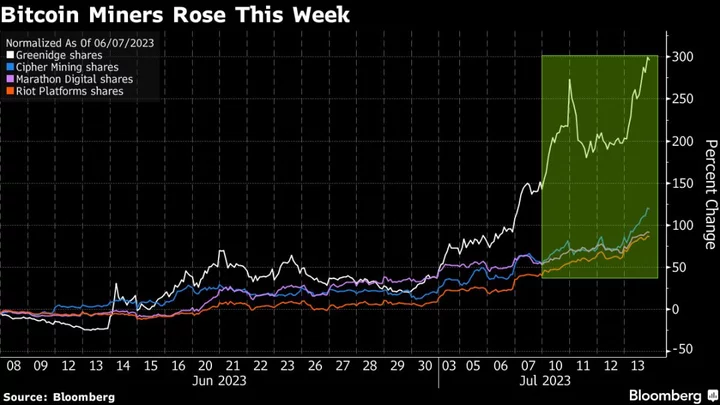
Crypto Stocks Set for Milestone Week on Ripple Token Ruling
Shares of companies with exposure to cryptocurrencies surged this week as investors cheered a key ruling on one
2023-07-15 00:49

Western Digital's first-quarter forecast disappoints as weak cloud demand weighs
Memory chipmaker Western Digital Corp forecast first-quarter revenue and profit below Wall Street targets on Monday as weak
2023-08-01 05:19
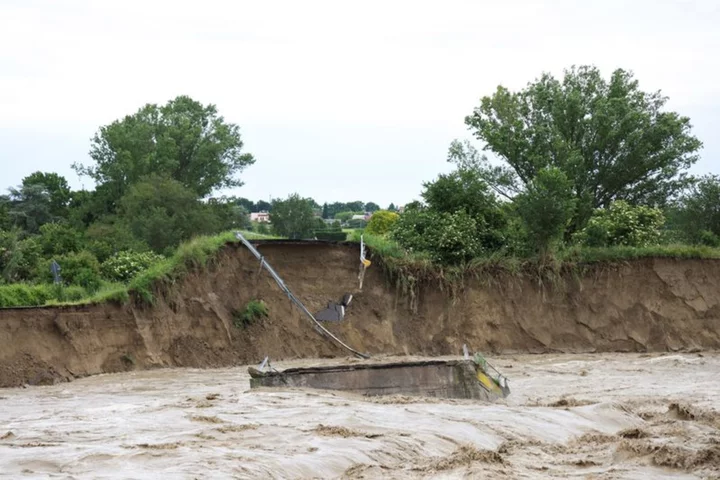
Eight dead as floods batter northern Italy, Formula One race called off
By Claudia Greco and Crispian Balmer BOLOGNA, Italy (Reuters) -At least eight people died and thousands were evacuated from their
2023-05-17 23:15
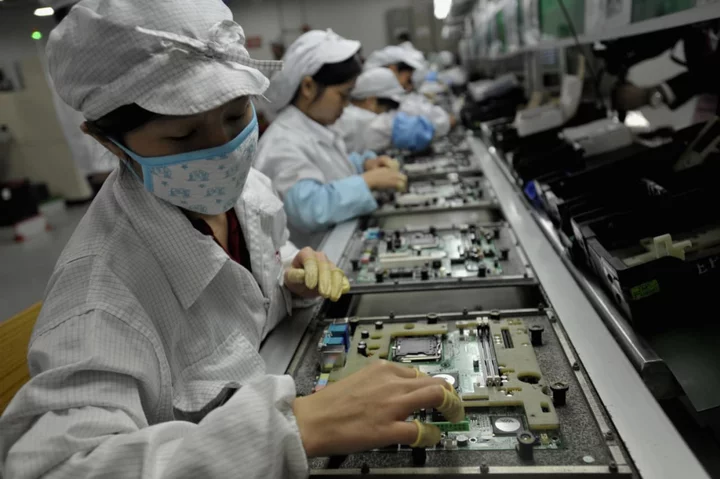
Foxconn Hit by Chinese Investigations. Why the Apple Supplier Is in China’s Sights.
Foxconn, also known as Hon Hai Precision Industry, was subjected recently to searches by Chinese authorities, according to China's state-run Global Times newspaper.
2023-10-23 17:22

Florida gunman driven by racial 'hate' kills 3: authorities
A white man driven by racial hatred shot dead three Black people in a Florida discount store Saturday before taking his own life after a...
2023-08-27 10:16

Spider-Man 2 contained ‘only 10 percent’ of Venom’s recorded dialogue
'Spider-Man 2' only used around 10 percent of the dialogue Tony Todd recorded for Venom.
2023-11-27 23:26
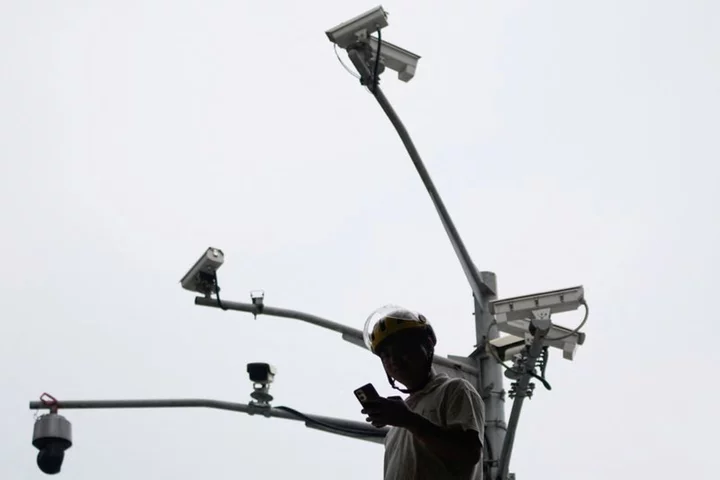
China lists mobile app stores that comply with new rule, but Apple missing
By Josh Ye HONG KONG (Reuters) -China's cyberspace regulator released on Wednesday names of the first batch of mobile app
2023-09-27 15:48

MrBeast is the latest celeb calling out AI deepfake scams
MrBeast has become the latest celebrity to tackle AI deepfakes, calling on social media to do more. "Lots of people are getting this deepfake scam ad of me… are social media platforms ready to handle the rise of AI deepfakes? This is a serious problem," the famed YouTuber posted to X/Twitter. MrBeast included a clip that has been circulating online, that shows an AI version of him saying he's giving away iPhones. "You’re one of the 10,000 lucky people who will get an iPhone 15 pro for just $2," the deceiving clip said. "I’m MrBeast and I am doing the world’s largest iPhone 15 giveaway." The clip then encouraged viewers to follow a link to "claim yours now!" It comes after Tom Hanks was targeted by artificial intelligence after one company featured him in a dental advert without his consent. The Hollywood actor was forced to speak out about the fake ad, writing: "There's a video out there promoting some dental plan with an AI version of me. I have nothing to do with it." The surge of AI scams is nothing new, following an alarming – and more sinister rise – in AI-generated porn, mostly targeting female influencers and celebrities. Billie Eilish previously fell victim to the fake tech in one NSFW incident – which saw a video eventually removed from social media after being viewed 11 million times. A separate incident saw popular Twitch streamer Sweet Anita horrified to learn her face had been used in X-rated material. Worryingly, there's not much legal action that can be taken either. Cybersecurity expert and What the Hack podcast host Adam Levin told Indy100 that "as long as every party involved is a legal adult, there aren’t very many laws on the books to prevent or punish the distribution of illicit content". He claimed "it’s nearly impossible to remove any content published online, pornographic or otherwise," before adding: "That said, if all the parties are known, there may be legally actionable kinds of deepfake porn content." Sign up for our free Indy100 weekly newsletter Have your say in our news democracy. Click the upvote icon at the top of the page to help raise this article through the indy100 rankings.
2023-10-04 17:23
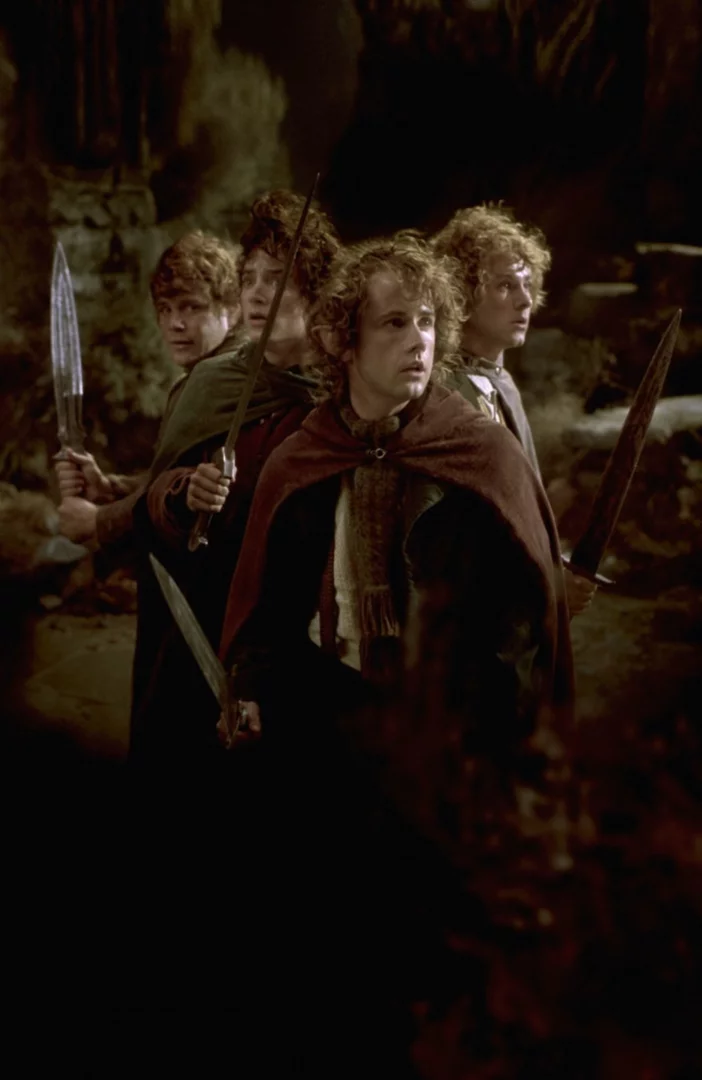
Amazon planning new Lord of the Rings MMO adventure game
Amazon has announced plans for a new 'Lord of the Rings' MMO adventure game.
2023-05-16 19:52

Alpha and Omega Semiconductor Announces Ultra-Low Reverse Working Voltage TVS Diode for USB4 and Thunderbolt 4 ESD Protection
SUNNYVALE, Calif.--(BUSINESS WIRE)--Sep 20, 2023--
2023-09-20 20:20
You Might Like...

Taiwan's TSMC to invest $2.9 billion in new plant as demand for AI chips soars

How Biden's SAVE student loan repayment plan can lower your bill

GS Magna Build Warzone 2: Best Attachments to Use

Valorant Premier Schedule: Ignition Stage Maps, Dates, and Matches

Wine Enthusiast Companies Launches Groundbreaking Website to Bring Commerce and Content Together in One WineEnthusiast.com Destination

Our Top 100 Budget Buys: Affordable, Tested Tech That's Actually Worth It

Paycom Recognized as an American Hospital Association Preferred Cybersecurity Provider
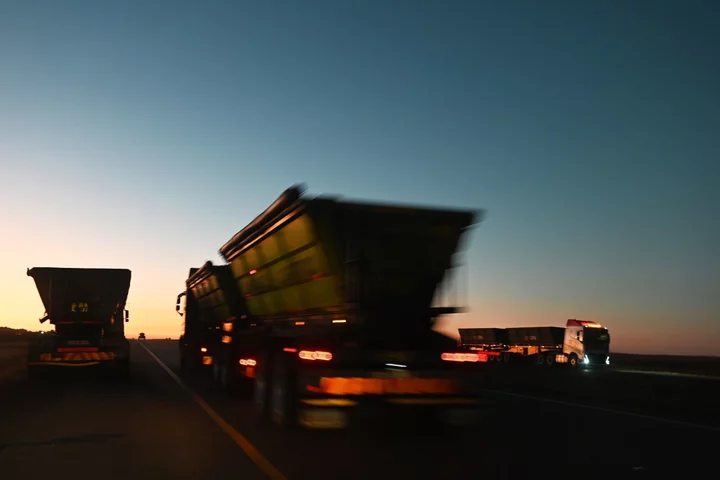
Mozambique Plans Climate Announcement Worth Billions at COP28
